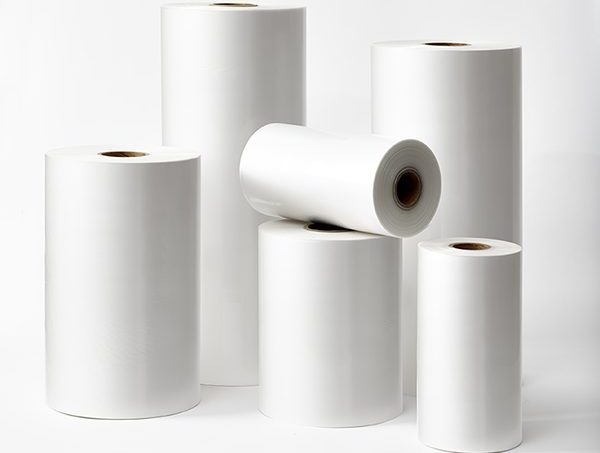company profile
state
address
Activity
-
-
Stretch film for corrosion protection
-
Double down bottle from tricor braun
-
Squeeze open pack
-
Smart bottle
-
New package design for dialhenkel roll ...
-
Pack cum display dispenser
-
Lh2o bottle
-
Easy pour and seal lid
-
Pet bottles with lug neck
-
New closing system for paints and chemic...
-
Only a packaging professional can unders...
-
Packaging options for empty hard gelatin...
-
The packaging innovations in dairy secto...
-
Brooke bond taj mahal tea bags by hindus...
-
Tamper proof pharma packaging
-
Pet film crisis in india - new opportuni...
-
Ban on plastic laminates for packaging i...
-
Use of opp film in india for packaging: ...
-
Don’t let your packaging salespeople b...




